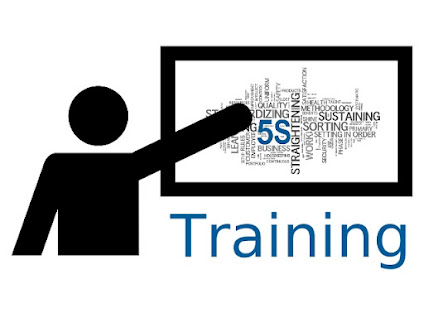5 Common Mistakes to Avoid in ANOVA Analysis
ANOVA (Analysis of Variance) is a
powerful statistical technique used to compare means between two or more
groups. It can be used to determine whether there are significant differences
in the mean values among different populations, and if so, which population has
higher mean values. However, ANOVA analysis requires careful consideration of
many factors such as sample size and data distribution; otherwise, it may lead
to incorrect conclusions. To ensure accurate results from your ANOVA analysis,
here are five common mistakes you should avoid:
1) Not
Accounting for Interactions: Many times researchers forget that interactions between
variables need to be considered when conducting an ANOVA test. If one variable
influences another variable’s effect on the outcome measure then this needs to
be accounted for when performing an ANOVA test or else the results could be
misleading or inaccurate.
Also Read: HYPOTHESIS TRAINING
2) Not
Having Enough Data Points: The number of data points needed for a valid result depends
on how many independent variables you have in your model but generally speaking
having too few data points will reduce accuracy and increase variability in
your results making them less reliable than they would with more observations
included in the study design.
3) Using
Unbalanced Samples: When conducting an experiment it is important that each
group being compared contains similar numbers of participants/observations
otherwise any differences observed might not actually reflect real effects but
rather sampling error due to its unbalanced nature – this can invalidate any
findings found through using such samples sets during analyses like ANOVA
tests.
4) Violating
Assumptions: For ANOVA tests certain assumptions must hold true about our dataset
before we even begin testing - these include homogeneity, normality &
independence amongst others – failure to meet these assumptions could lead us
astray from what we think our final conclusion should look like leading us into
false positive territory where something appears statistically significant yet
isn't really so at all!
5) Ignoring
Post-Hoc Tests: After running an ANOVA test it's important not just stop there without
doing further investigation by looking at post hoc tests which allow us to
identify exactly where those differences lie within our datasets - ignoring
these steps may cause us to miss out valuable insights as well potentially
overlook potential issues with outliers etc.
To make sure you get accurate
outcomes from your next project involving ANOVAs make sure to follow best
practice guidelines by avoiding some common mistakes listed above! With proper ANOVA training, understanding & knowledge gained through
attending courses, you can easily avoid such mistakes.




Comments
Post a Comment